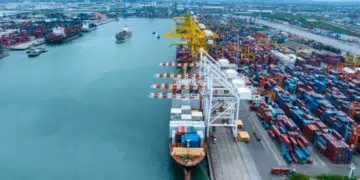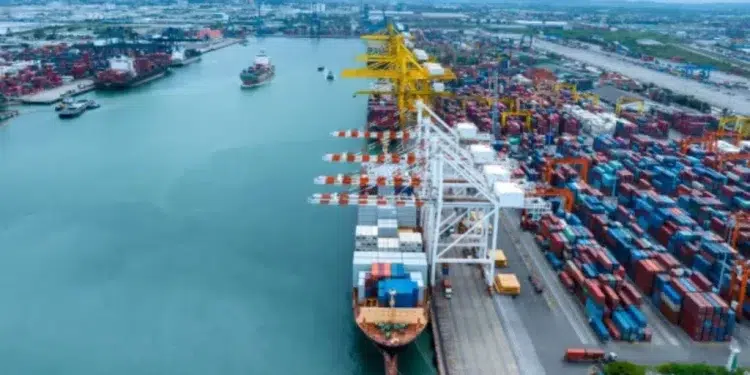By Maria Kalamatas — August 25, 2025
PARADIP, India — August 25, 2025. On a humid August morning, long lines of trucks snaked into Paradip Port, engines idling as dockside cranes swung in slow arcs over the Bay of Bengal. The port has just cleared more than 50 million tonnes of cargo in four months — its fastest pace on record. But this year, officials are talking less about numbers and more about what comes next: how to grow without burning through the planet’s carbon budget.
Port chairman P.L. Haranadh didn’t hide his pride when he faced local reporters this weekend, but he tempered the celebration with a new promise.
“Cargo is important, yes. But the future will ask how responsibly we moved it,” he said. “That’s why Paradip has to become not just bigger, but greener.”
A port under transformation
The blueprint unveiled includes a shift toward full mechanisation by 2030, phasing out manual handling in favor of smart cranes and automated yards. More striking was the plan for a green hydrogen and ammonia terminal, a first for India’s east coast, intended to fuel the low-carbon ships now being built in Asian shipyards.
Officials estimate that if fully realized, the changes could prevent millions of tonnes of carbon emissions over the next quarter-century.
Trade realities force the change
Exporters from Odisha’s steel mills and fertilizer plants are watching closely. Buyers in Europe and Japan increasingly tie contracts to environmental standards. A greener Paradip isn’t just policy — it could decide whether local goods keep access to global markets.
“Customers are asking for emissions data in every tender,” explained Sushmita Rao, a logistics researcher based in Delhi. “Ports that cannot provide it will see their volumes slip away.”
Local stakes
For the thousands of workers at Paradip, the changes feel abstract now, but promises of new construction jobs and training programs are part of the rollout. State officials say the investment — worth more than ₹50,800 crore (about $6 billion) — will ripple across Odisha’s economy, bringing in suppliers, contractors, and technology partners.
Outlook
Paradip is India’s second-largest port by volume, long known for bulk commodities like coal and iron ore. By tying its record year to a public green commitment, it is trying to recast itself as something more: a model for ports under climate scrutiny.
The ships waiting at anchorage may not care what powers the cranes, but customers abroad increasingly do. Paradip’s bet is that in tomorrow’s trade, sustainability will be as valuable a currency as cargo tonnage itself.























